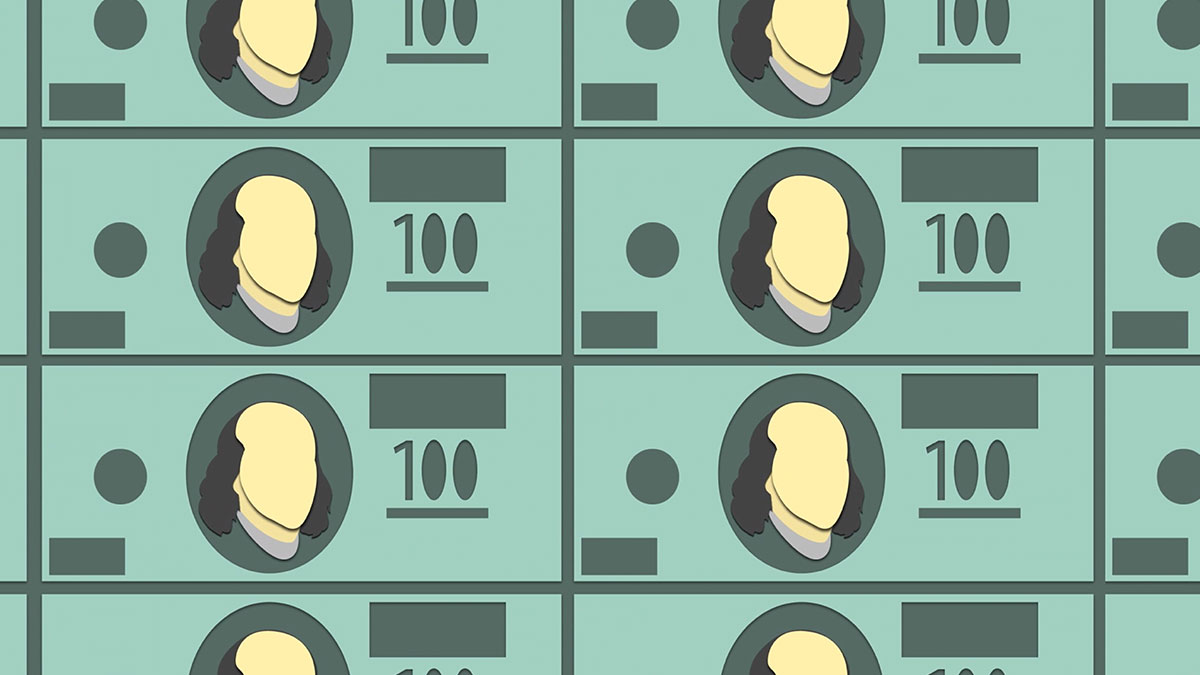
If you’ve found yourself accidentally turning to the business section of the newspaper in the last few years, you may have noticed plenty of economists, market analysts, and other people who sound like they’d be no fun at a backyard barbecue talking about something called Quantitative Easing. That’s usually a good time to turn over to the funnies, but today let’s cover off what Quantitative Easing (QE) is about, starting with a brief history lesson.
The Quantitative Easing program was initiated in 2008 to stimulate the economy in the midst of the financial crisis. As the Fed couldn’t reduce interest rates any further due to the Zero Lower Bound restriction, the water blasting of the US economy with monetary stimulus was perceived as the best way to ensure that funds flowed freely and risk-free.
By the market’s assessment, the program was necessary – though even the most enthusiastic proponent understood financial methadone would be removed at some point. QE’s asset buying program started winding down in early 2014, however the stimulus would remain in the system. By the end of 2014, 4.5 trillion dollars had been inserted into the system, sending stocks and bonds soaring but it’s effect on the US dollar was still open to debate, the causal effect muddied by the ‘currency wars’.
When the Fed announced that QE would begin tapering its asset purchases from the beginning of 2014, the stock market threw a hissy fit and dropped a couple of percentage points in what is now called the taper tantrum. Nevertheless, the stock market recovered quickly, reached new heights soon after, and then stalled for two years as it absorbed the impact of the end of QE and dealt with geo-political uncertainties. Looking back, there was no severe negative impact brought about by the end of QE, despite the massive benefits it brought the US economy by its introduction.
So far so good…but the story is not over. Fast forward to today and the Fed is now ready to terminate the practice of reinvesting the proceeds of the QE bond purchasing program. This means that the Fed will cease reintroducing money back into the financial system. This is a form of monetary tightening in addition to the Fed’s declared normalization of interest rates.
Soon, trillions of dollars of bonds will not be bought by the Fed. Trillions of dollars will not be put into circulation and only then may we start to bear the painful withdrawal symptoms brought about by the ending of QE. Our complex and advanced financial system is not immune to Newton’s Third Law of Motion. The calm in the financial markets will soon end and it will be up to the FOMC to decide the duration and magnitude of the pain when the band-aid is stripped off.
Describing the pain is a challenge
The USD dollar: If the ECB and BOJ proceed with their QE program while the Fed allows the US dollar to become scarcer, the greenback will appreciate noticeably, especially if the US economy continues to perform well and continues to normalise rates (the spanner in the works will be if the ECB announce tapering in the near future).
US Bonds: Worrying about the bond market bubble may be ‘old guy’ thinking but that doesn’t mean it doesn’t exist. It only means that we now focus on other worries and have become desensitized to the threat of a bubble bursting.
In 2017, FOMC will start allowing the bonds to mature or ‘roll off’ its balance sheet and will hold back the proceeds. If there are more bonds to buy by everybody else, their value may drop and yields raise.
US Stocks: The best place to stash cash has been the stock market – where it’s incessant rise is not based on fundamentals such as earnings but demand arising from cheaply obtained liquidity. Borrowers looking for yield have found a reliably appreciating asset in the stock market. As the costs of borrowing normalise and bonds start to yield a decent return, the fundamental justification for markets to maintain historically rich valuations is removed, perhaps even leading to a sizable correction.
Disclaimer
The views expressed in this blog are those of the author and do not necessarily reflect the position of OrbitRemit Global Money Transfer Ltd, nor their employees. Any errors or omissions are the responsibility of the author.

